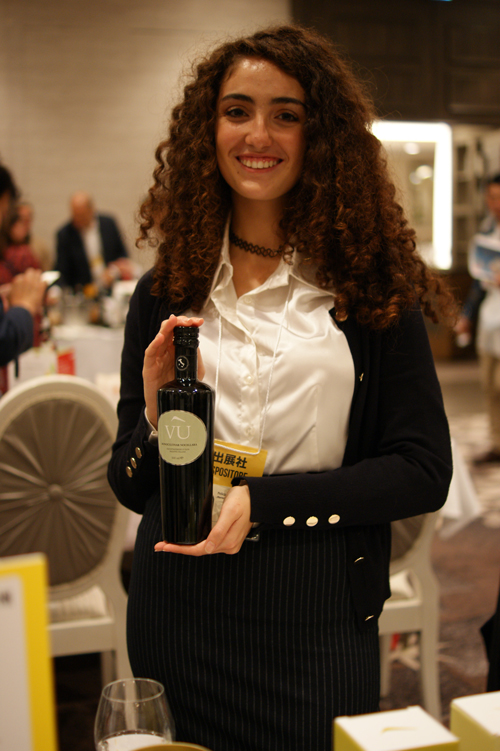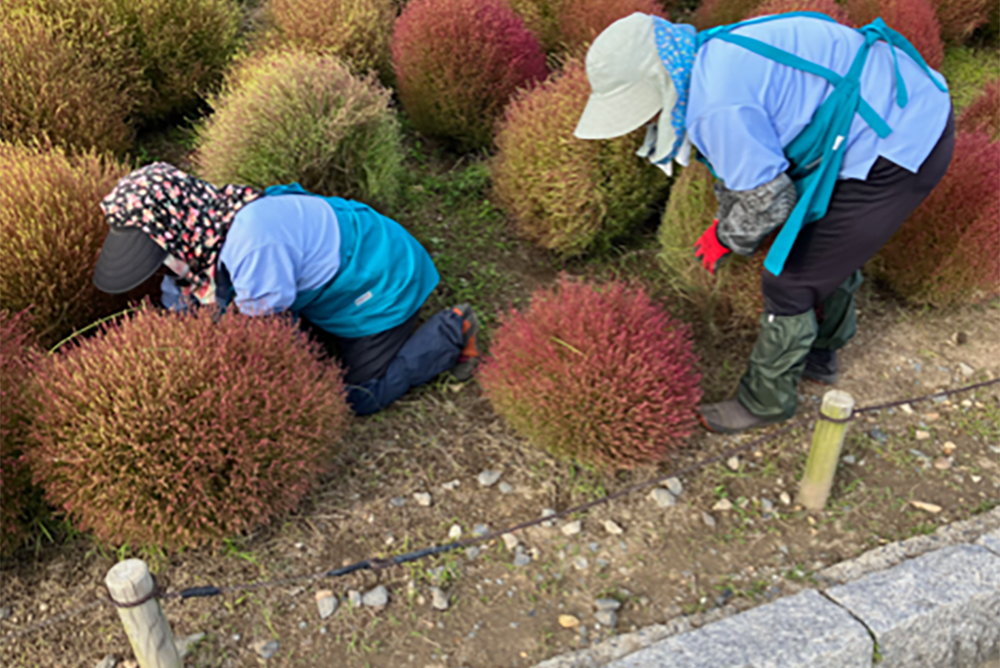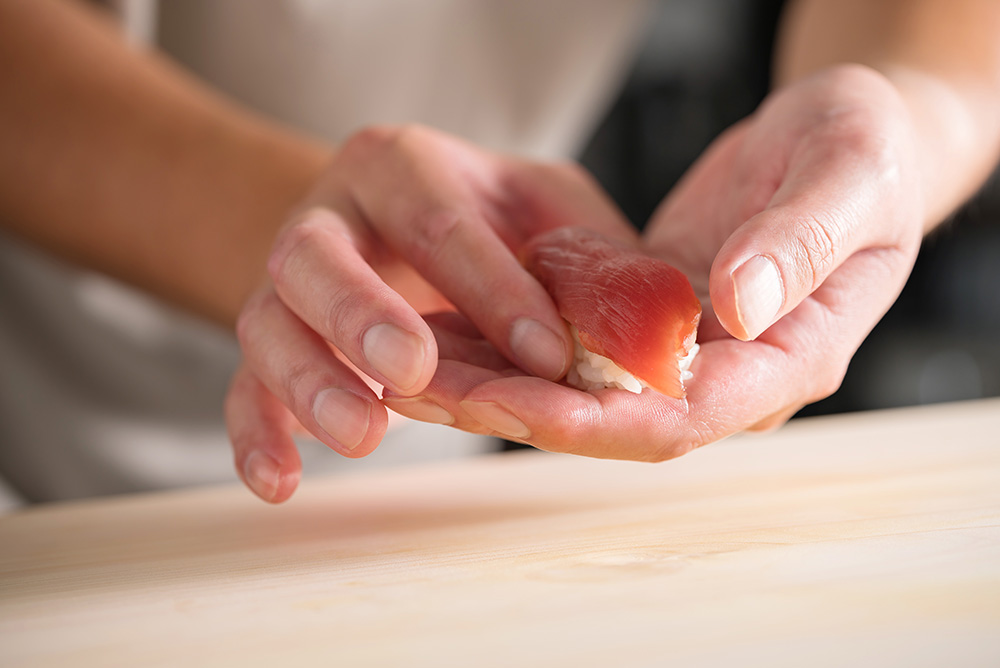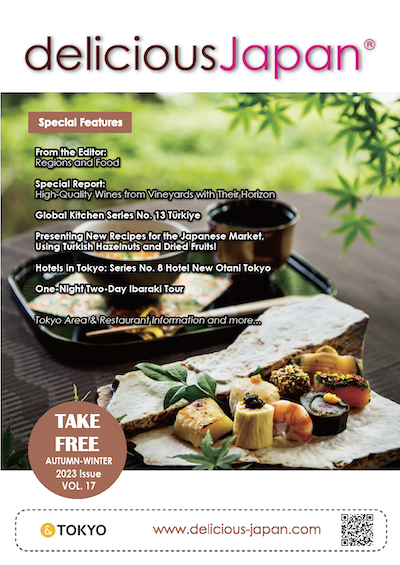
Global Kitchen Series 6: "ITALY"
6,000 years of Italian Wine
Italian cuisine and washoku have many points in common. First of all, Italy has four seasons, and its land is elongated from north to south and surrounded by sea. Those conditions have blessed it with abundant fish, seafood, vegetables, meats, and other ingredients. Secondly, Italians enjoy food prepared with culinary methods that make the most of the flavors of the ingredients and are rooted in the land. Those techniques also preserve umami flavors. Italy has cultural roots that have pursued delicious foods since the era of the Roman Empire, and it has a word for exquisite food. Perhaps the favorable natural conditions and spirit of inquiry into food are points that Italy and Japan have in common.
The tomato, an indispensable element of Italian cuisine, is rich in glutamic acid and aspartic acid, which are umami ingredients. So Italian food, which uses tomato sauces that are rich in glutamic acid in the same way as miso and soy sauce, matches the tastes of Japanese people, who make dashi stock from kombu (kelp) and katsuobushi (dried bonito) in pursuit of umami.
This year, the Trade Promotion Section of the Embassy of Italy in Tokyo again organized tasting events for Italian food and Italian wine in Tokyo. Around 50 wineries and 20 food manufacturers came to Japan for lively sessions oftasting and meetings in the venue, which was buzzing with excitement.
Italian wine has 6,000 years of history. Ms. Toshiko Omichi, Senior Trade Analyst of the Trade Promotion Section of the Embassy of Italy in Tokyo, explained the characteristics of Italian wine. "Italian wine has the world's largest production volume, surpassing even France and Spain. If you want one word for the character of Italian wine, I'd say "diversity". In contrast to France and Spain, grapes are grown throughout the land of Italy. There are no regions where grapes cannot be grown. There are endless indigenous varieties of grapes which are unique to where they grow, and they are still nurtured with care. That is why so many grape varieties are cultivated in Italy. Those grapes have been used to create diverse wines of deep individuality, which match the traditional cuisine of each region".
That diversity can be found in cheese as well as in wine. There are actually over 500 varieties of cheese in Italy. Japan's annual per-capita consumption of cheese is about 2.5kg. Italians consume about nine times as much. Parmesano Reggiano and several other varieties of hard cheese were presented at the venue. Among them, the one that attracted the most attention was Bella Lodi Raspadura (image on bottom right), a hard cheese which is matured for six months. Hard cheese is normally matured for around one year, but this cheese has a relatively short maturation period of six months, and the way it is eaten is also unusual.
The surface of a large hard cheese is thinly shaved to produce a soft and fluffy mouth feel that we have never experienced from cheese before. It's just like the texture of dried bonito a§ er it has been shaved. That is a way of eating cheese that is unique to the Lodi province of Lombardy, and is unusual even in Italy.








